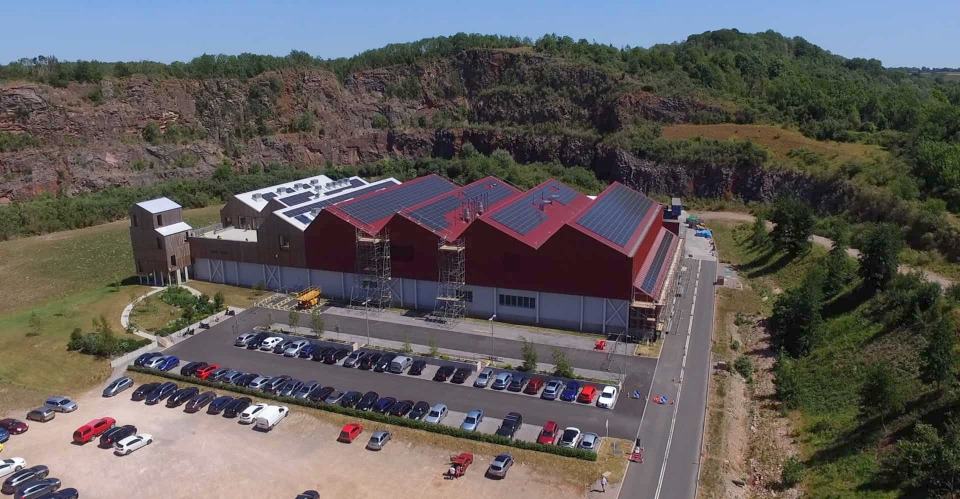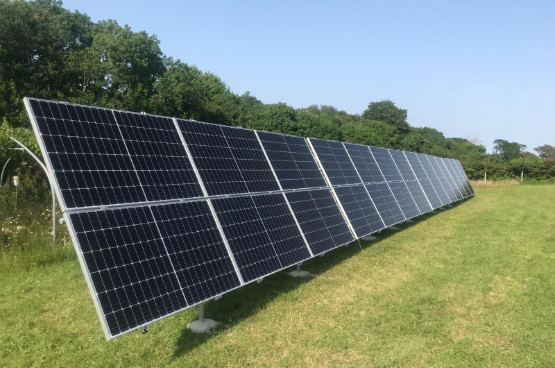A few weeks ago an interesting email popped into my Inbox inviting me to take a trip to Switzerland to visit SolarMax’s new HQ, purpose built from scratch and completed on 31st August 2012.
I had heard a lot about the building from Neil & Simon, our Sales Reps, and so jumped at the chance to take a look for myself at what I had heard so much about. I also couldn’t resist the chance to take a look into the workings of a company that I have been so familiar with over the last few years and to visit the hallowed ground where the famous SolarMax Inverters are made!Our long drive from Exeter to Biel, Switzerland gave me plenty of time to think about my ambitions for the trip. I decided that what I really wanted to find out was if the ‘Swiss Quality’ that I had heard of over the past few years stood up to its reputation. After all this is one of SolarMax’s biggest selling points.
As for their other selling points, I already knew that the SolarMax inverters were easy to install, as all our customers who try out SolarMax always report that the ease of installation saves them time and money, giving them every reason to use them again and again. I also already knew about the low light start up and the excellent after sales services, which again, I had heard about from the feedback from our customers.
Recent statistics released by SolarMax show that of the 160,000 S-Series Inverters installed across Europe, they only have a 1% failure rate, including installer errors which I have been assured made up quite a number of that 1%! Impressive figures given the huge industry boo over the last few years.
Biel itself looked like the setting for 1970’s James Bond film – I half expected to see Roger Moore to come speeding round the corner in his Lotus Espirit! However, the SolarMax Building couldn’t have been more of a contrast. It is an extremely contemporary building, with a smart wooden finish, subtle, not overpowering and a perfect reflection of the message preached by the company that inhabited it; Quality.
In the place of windows around the building there were clear framed solar panels, again subtly done so not instantly recognisable. The interior was stripped back, minimalist and all finished to a high quality. There was no fancy carpet, no grand paintings or artwork on the walls, no statement of over powering wealth but rather a fresh statement of practical chic and style, easy to feel at ease in.
Walking through the building there are constant reminders of where you are. Where you would expect to see an arty backdrop of a sun falling across a desert horizon, you find Inverters new and old. The most wonderful sight was to see every generation of SolarMax Inverter lined up along one corridor so you could easily track the progress and the evolution of the company yourself – a great reminder of how far they have come in a relatively short space of time (SolarMax were established in 1993).
After a brief introduction to SolarMax we were shown around the building to see the different departments within SolarMax and the day to day running of the business. Having been told that 300 of the 450 SolarMax employees were based in this building I assumed each department would be teaming with people busying themselves in mountains of paperwork and stress as they struggled to communicate across large rooms to keep their department floating. I found quite the opposite. Everything was opened planned and each floor was peppered with small glass booths, designed, we were told, to allow employees to have areas where they could have meetings in relative privacy and also a space to finish work in peace and quiet that otherwise wouldn’t get finished out on the floor. This had never occurred to me before, having only ever worked completely alone or in a sea of people! This in my opinion is a stroke of genius by SolarMax, showing the importance of balance within a company in order to be successful.
Another shock was the size of each department. SolarMax put the majority of their man power into Research & Development and aftersales, with only minimal amounts of people in the departments where typically you would expect many. For example, I asked our accountant upon my return, how many people do you think there were in SolarMax’s accounting department. The answer was Five! To me this demonstrates that if you can make your processes and systems run smoothly there no need to over staff your company to compensate. This efficiency gave me a lot of confidence in the company. The more we were led around the building the more I noticed that most employees/departments were working towards developing SolarMax, rather than the sustaining it. This made perfect sense. As far as I could see they had the day to day running of things sorted! There was an extreme air of calm and cool running through the varying floors of the building, no rushing, no stress, it simply works.
In SolarMax’s R&D department there are a staggering 60 employees which makes a real statement. SolarMax are committed to the cause and committed to the development of the industry. It’s great to know that not only are the company dedicated to pushing their products forward but also one the rare occasion something does go awry with their products they really go to town on it to find out the intimate details of the problem and how this can be prevented in the future. As simple as it sounds part of the SolarMax core philosophy is that if they get it right in the first place it is better for everyone, themselves, distributors, installers and end users alike. So when problems arise they deal with them, learn from them and make sure every measure is taken to ensure it doesn’t happen again.
We finally moved on to the warehouse, to see the products being made from start to finish – the bit I was really looking forward to! My initial reaction to stepping inside was how warm clean tidy and quiet it was. Having worked in warehouses for the majority of my life this was a stark contrast to the usual atmosphere. The same calm that was in the offices could be felt here. There was extreme order to everything and, unusually for a warehouse, everything had its place. We were taken to see the production lines where workers would assemble the inverters, again not a huge number of workers but each knowing their role and fulfilling it.
I noted that all the parts going into the Inverters were branded components, such as Hager and ABB, again showing that no corners would be cut, and when speaking with our Reps they were very firm that the quality of their products will not be compromised for anything. When looking through quality control it was explained to us that SolarMax provide their material suppliers testing equipment to ensure the goods they receive are to their own high standard, as well as batch testing materials as they were delivered, again reinforcing their focus on quality.
To the rear of the warehouse there was a mezzanine floor with hundreds of wires hanging down onto small trolleys, each with their own inverter on. This was where each inverter was tested before being packed ready for dispatched. There must have been roughly 100 Inverters on test here with room for another 100 to be tested if needed. All the Inverters were tested under maximum load for two hours and had a traffic light system that so it was easy to identify if any of these inverters had a problem during the test period. With a sea of green lights in front of us I felt very reassured moving through this department.
Once this test is passed the inverter is ready for packaging. With a large number of inverters being the MT range, which are rather heavy, SolarMax have provided suction machines, to carry the inverter from the trolley to the box – a long term investment in efficiency! Interestingly it was also explained that the boxes the inverters are packed into are designed with an inlay with a section for each part. This is to ensure no Inverter gets packed without any components missing, thus eliminating human error from this process.
SolarMax, like many companies, often find that they have peaks and troughs in demand. Luckily, in Biel, there are many factories with a similar problem who, like SolarMax, require a high standard of production. The way they combat this problem is to employ temporary staff. Initially, this scared me a bit as in my experience temporary staff can be unreliable. However, in Biel it is a different story, with companies such as Swatch, Omega and Candino all using temporary staff to meet demand. These temporary members of staff are always fully trained to the standard of full time staff and know that their employment in the long term relies on them working to a high standard when. As a standard SolarMax will operate with 2 x 8 hour shifts but if need be, they can push this to 3 x 8 hour shifts, using temporary staff to fulfil the extra labour needed to do so.
SolarMax can produce 140 x MT Series, 120 x S Series and 8 x 330TS-SV per shift – pretty staggering considering how many people were involved in this process! From what I could see there were eight people working on inverters at any one time so this goes to show they must be working very efficiently in order to complete such numbers.
Having visited SolarMax it is quite obvious that the key to their success is that they have systems and processes that are meticulously adhered to throughout their business. Being able to operate very efficiently in the present means that they can to put more resources into R&D to support the company in the future.
I came to Biel to find out what the ‘Swiss Quality’ that SolarMax have on the side of their boxes actually meant. I found that SolarMax more than lived up to my expectations of a Swiss Quality brand and can confidently continue to sell their products knowing that a truly more than competent team stand behind the brand.

 Solar PV Contractor of the Year 2024
Solar PV Contractor of the Year 2024
